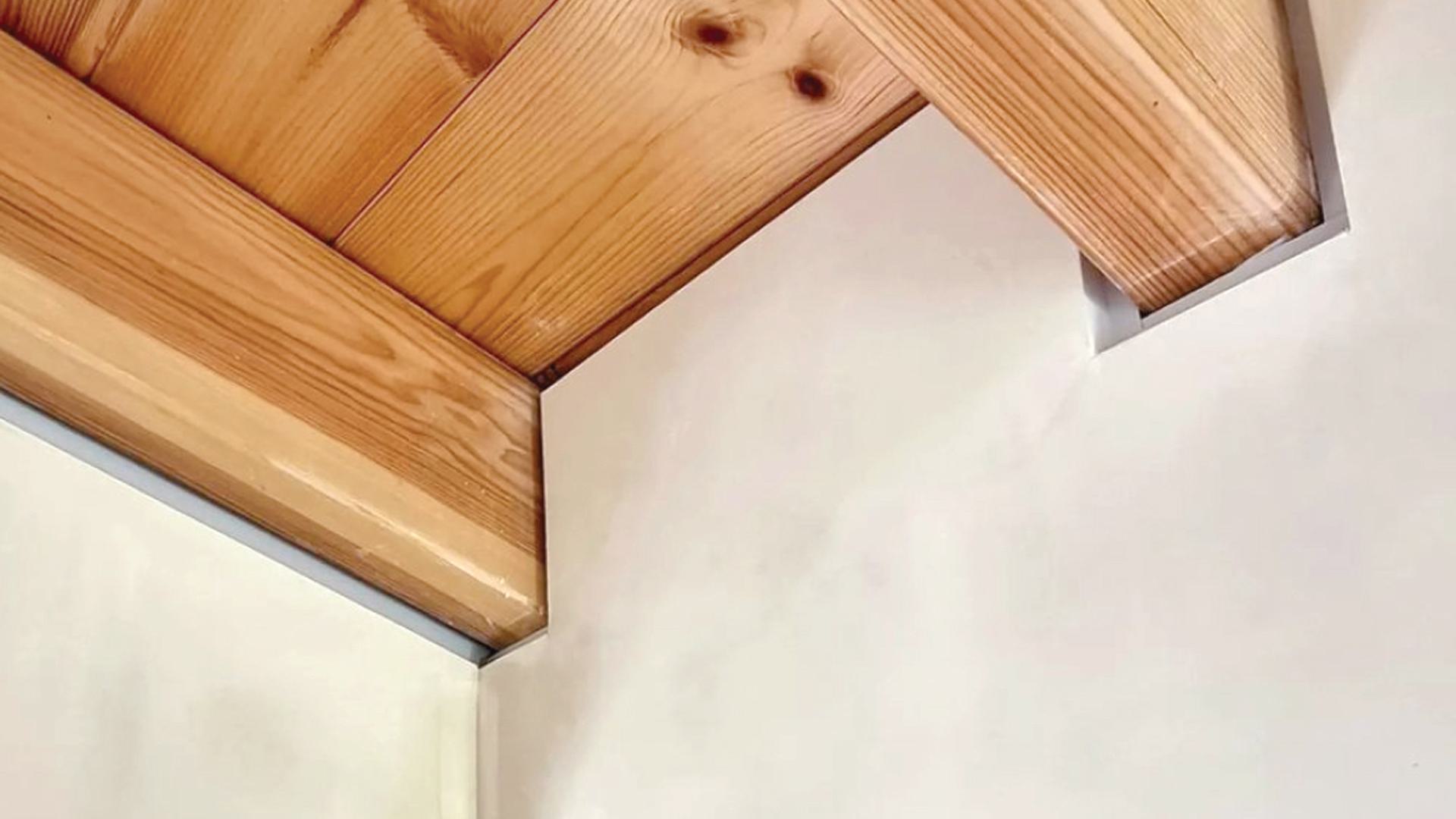One of the biggest trends in recent residential construction design is also one of the oldest: exposed beam ceilings. These can either be purely decorative (often using reclaimed wood or something more lightweight, like polyurethane or fiberglass) or a perfect marriage of form and function — supporting the structure while also providing aesthetically stunning ceiling designs.
But, unlike the old days when exposed beams were more customary, most homes aren’t purely made of timber, stone and brick anymore. Usually, your exposed beam ceilings — no matter what materials you choose to use for the beams — are also going to interact with drywall, which presents some new challenges where the two materials butt up against each other. Here’s how to easily, seamlessly finish drywall around exposed beam ceilings.






























